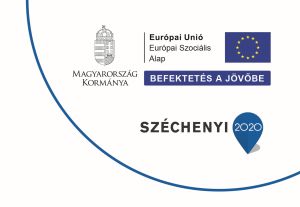Rácz, Lajos (2025) Kis magyar klímatörténet In: Környezet és társadalom. Budapest-Eger, Hajnal István Kör – Társadalomtörténeti Egyesület – Líceum Kiadó. pp. 11-47.
|
pdf
11_rácz.pdf Download (21MB) [error in script] |
Absztrakt (kivonat)
A Concise Climate History of Hungary --- In my overview of climate history, I try to give a comprehensive picture of the last two thousand years of climate history in the Carpathian Basin. In prepa ring the climate history reconstruction, I have used research findings based on sources from both the archives of society and nature. The natural archives inclu de sediment and pollen analyses, ice core and dendrological studies, as well as lake and river water level reconstructions. To quantify historical sources from society’s archives, I used the so-called Pfister indices, a seven-step scale using weighted indices to convert descriptive information into time series. Then, from the end of the eighteenth century onwards, time series from the observatories of the expanding and densifying network of meteorological stations help to re construct the climate of the Carpathian Basin. The overview of climate history begins with the Roman Warm Period (third century BC – third century AD), continues with the cooling of the Migration Period (fourth–ninth centuries), the Medieval Warm Period (900–1300) and the Little Ice Age (1300–1900), and ends with the Modern Warm Period (1900–1988). An important result of the climate-historical reconstruction is that the primary indicator of global climate change in the Carpathian Basin is the variation in the amount, composition, and temporal distribution of precipitation. The secondary indicator is the tempera ture change, and the third is the change in seasonal structure. During the global cooling events (the Migration Cooling, the Little Ice Age), the climate became wetter and the winters became characteristically colder and longer, with March often becoming a wintery month, prolonging the reign of the winter climate regime. During times of global warming, precipitation decreases and tempe ratures rise, thus reducing the number of snowy days and shifting the seasonal structure towards a two-season climate. In 1988, the modern warming process passed a tipping point that accelerated global warming, the consequences of which are extremely worrying.
| Mű típusa: | Könyvrészlet - Book section |
|---|---|
| Szerző: | Szerző neve Email MTMT azonosító ORCID azonosító Közreműködés Rácz, Lajos NEM RÉSZLETEZETT NEM RÉSZLETEZETT NEM RÉSZLETEZETT Szerző |
| Kapcsolódó URL-ek: | |
| Nyelv: | magyar |
| Felhasználó: | Tibor Gál |
| Dátum: | 19 Aug 2025 12:42 |
| Utolsó módosítás: | 19 Aug 2025 12:42 |
| URI: | http://publikacio.uni-eszterhazy.hu/id/eprint/8720 |
 |
Tétel nézet |

